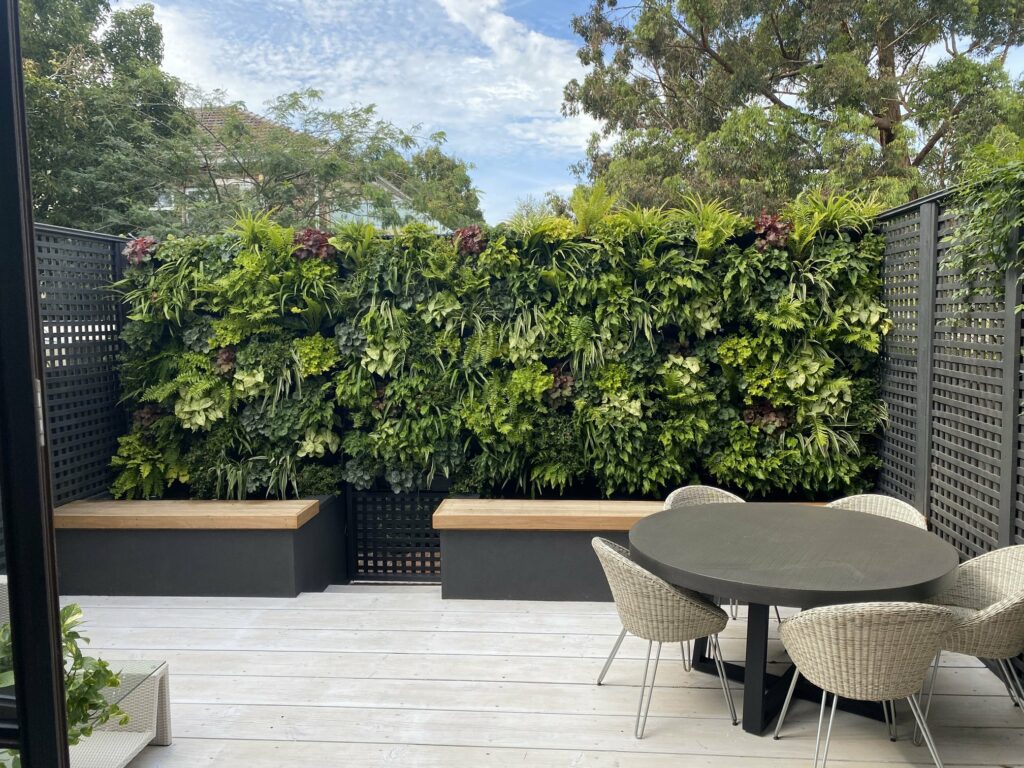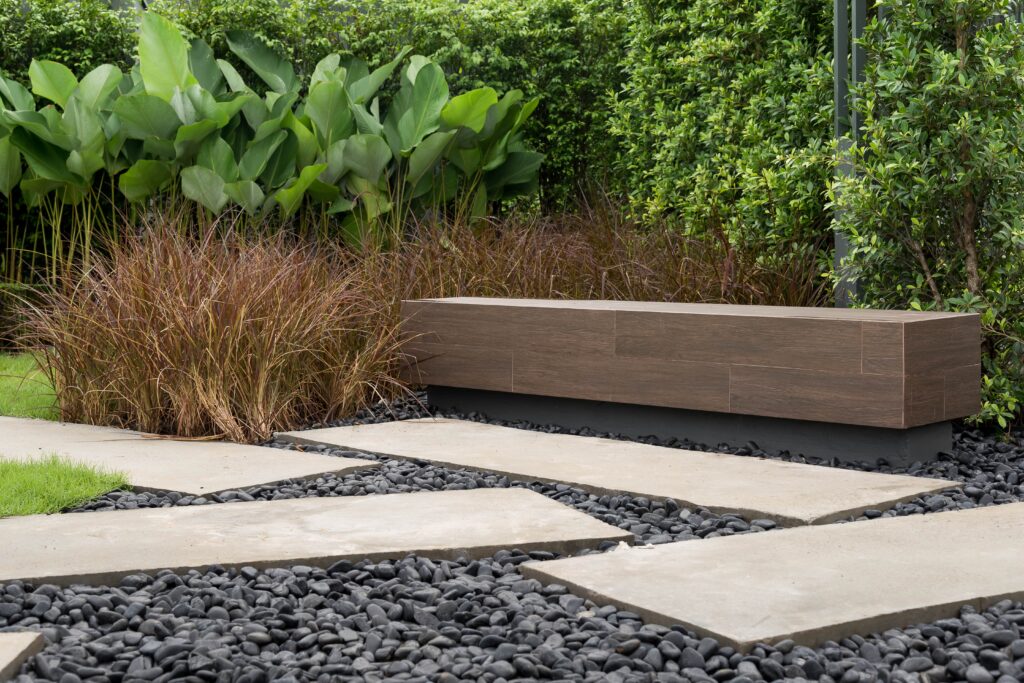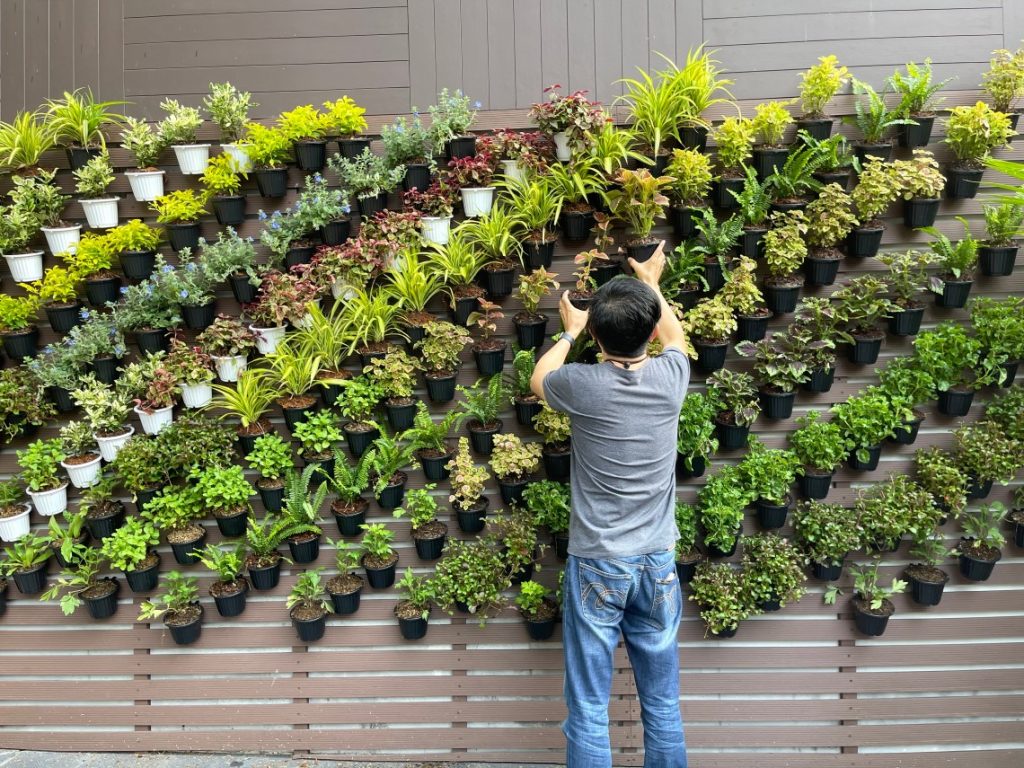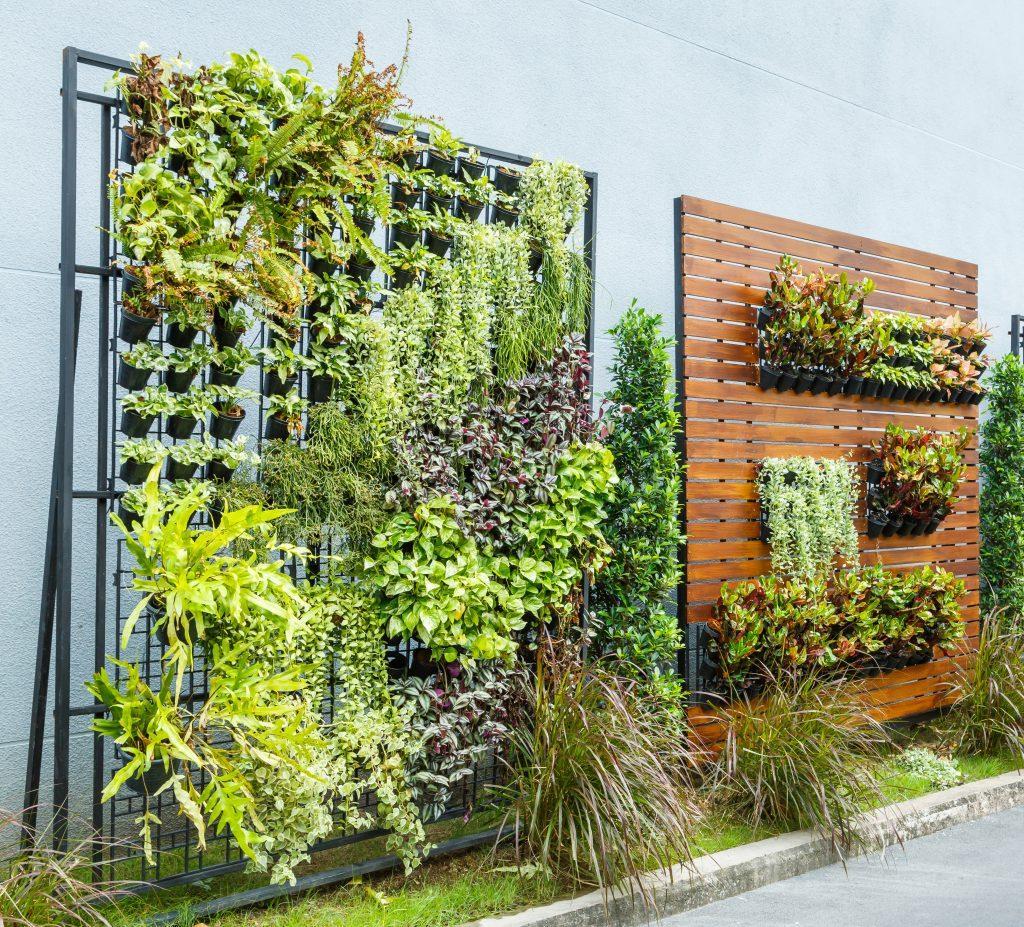If you live in a city like London, where outdoor space is a precious commodity, vertical gardening emerges as a creative solution to the urban greenery conundrum. This innovative approach to gardening not only beautifies small spaces but also contributes to the sustainability of urban environments.
As a team of professional Garden Designers, we explore the ins and outs of vertical gardening, offering practical tips and ideas to help you transform even the most compact outdoor areas into lush, vertical oases. Urban living often means limited space for gardens, but vertical gardening offers a smart solution. This method uses upward space, allowing city dwellers to enjoy greenery without needing a large footprint. Let’s dive into how vertical gardening can redefine your outdoor area.
The Rise of Vertical Gardening
Vertical gardening is the practice of growing plants upwards rather than spreading them out over the ground. This method is particularly beneficial in urban settings, where horizontal space can be limited but the desire for greenery remains high. By taking advantage of vertical surfaces such as walls, fences, and railings, urban dwellers can enjoy gardens that require minimal square footage.
Why Vertical Gardens?
Vertical gardens bring life to small spaces. They clean the air, insulate your home, and even reduce noise. Plus, they’re a step towards a greener city, adding much-needed plant diversity.
Benefits of Vertical Gardening
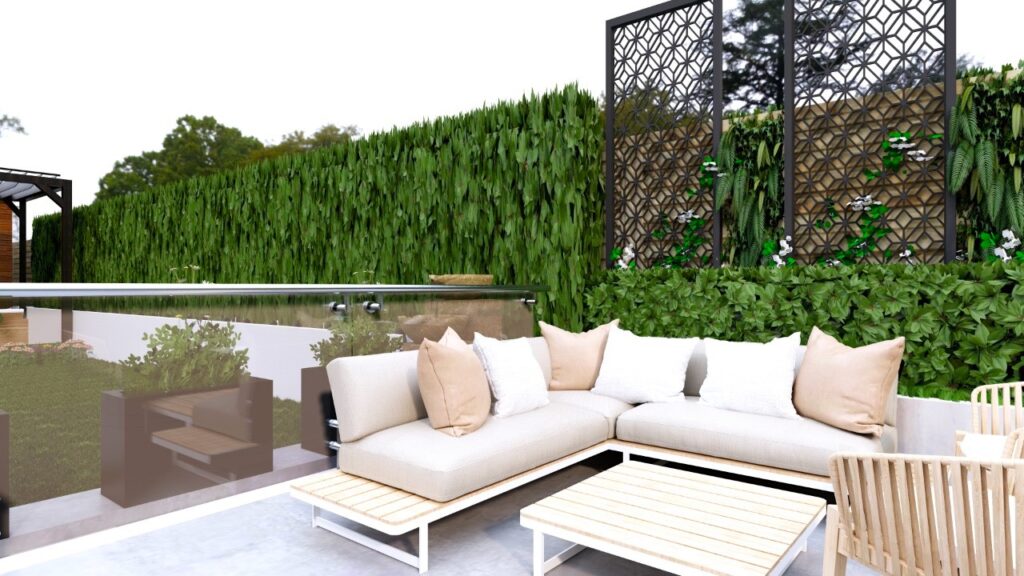
Image credit: House Designer
- Space Efficiency: Vertical gardens make the most of limited outdoor spaces, allowing for a green oasis in the smallest of balconies or patios.
- Improved Air Quality: Plants contribute to cleaner air by absorbing pollutants and producing oxygen. As a result, vertical gardens are not only visually appealing but also environmentally beneficial.
- Thermal Insulation: A vertical garden can act as insulation for buildings, helping to regulate indoor temperatures and potentially reducing energy costs.
- Biodiversity: Vertical gardens can support a wide range of plants, attracting beneficial insects and promoting urban biodiversity.
Getting Started with Vertical Gardening
1. Choose the Right Location: Consider the amount of sunlight and exposure to the elements your vertical garden will receive. This will determine which types of plants will thrive in your space.
2. Select Suitable Plants: Opt for planting design that are known for their vertical growth or can be easily trained to climb. Herbs, succulents, ferns, and flowering annuals are great choices for starting a vertical garden.
3. Consider Container Options: From specially designed vertical planters and pocket gardens to repurposed items like pallets or hanging shoe organisers, there are numerous creative ways to house your vertical garden.
4. Think About Watering: Ensure your vertical garden is easily accessible for watering. Drip irrigation systems or self-watering planters can be effective solutions for keeping your plants hydrated with minimal effort.
5. Plan for Maintenance: While vertical gardens can be low-maintenance, regular care such as pruning, feeding, and pest control will keep your garden healthy and flourishing.
Vertical Gardening Ideas
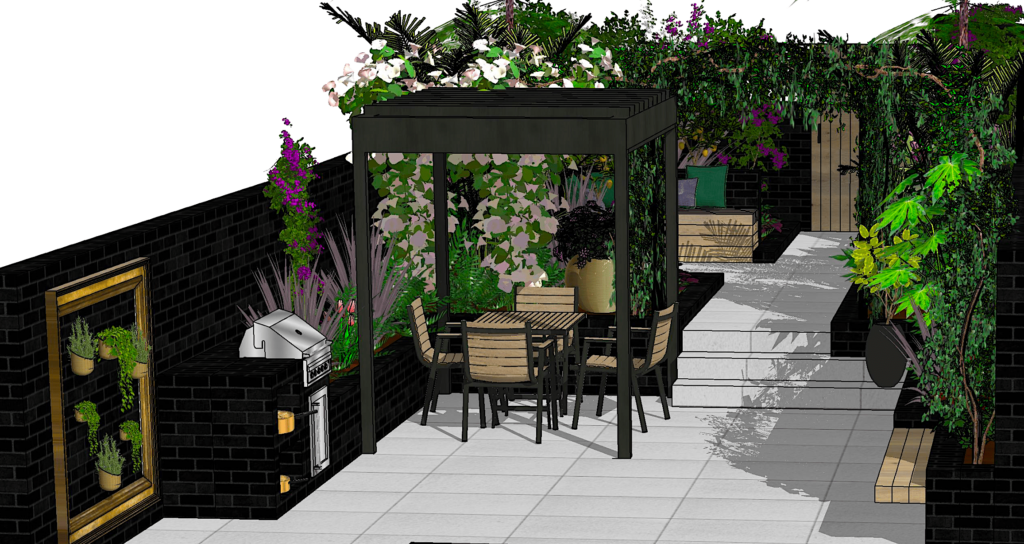
Image credit: House Designer
- Living Walls: Transform a bare wall into a living piece of art with a full-scale vertical garden. This can be achieved with modular planting systems that attach to walls, hosting a variety of plants for a dramatic effect.
- Hanging Planters: Utilise the airspace with hanging planters. This simple approach to vertical gardening adds layers of greenery without taking up floor space.
- Trellises and Climbing Frames: Ideal for climbers like ivy, jasmine, or certain vegetables, trellises and climbing frames can turn an ordinary fence or wall into a green, flowering barrier.
- Upcycled Containers: Get creative with upcycled items like old gutters, mason jars, or plastic bottles mounted on a wall or fence to create unique, eco-friendly planters.
Space Saving Ideas for Urban Outdoor Areas
Vertical gardening creatively tackles the challenge of limited space in urban gardening. By maximising tight spaces, vertical gardening boosts city aesthetics and diversifies plant life.
With a little imagination and some basic gardening knowledge, the sky’s the limit for your vertical garden project. Start small and experiment with various plants and structures. Watch your vertical garden turn your urban space into a green sanctuary.
cover image credit: Vertical Gardens Australia


